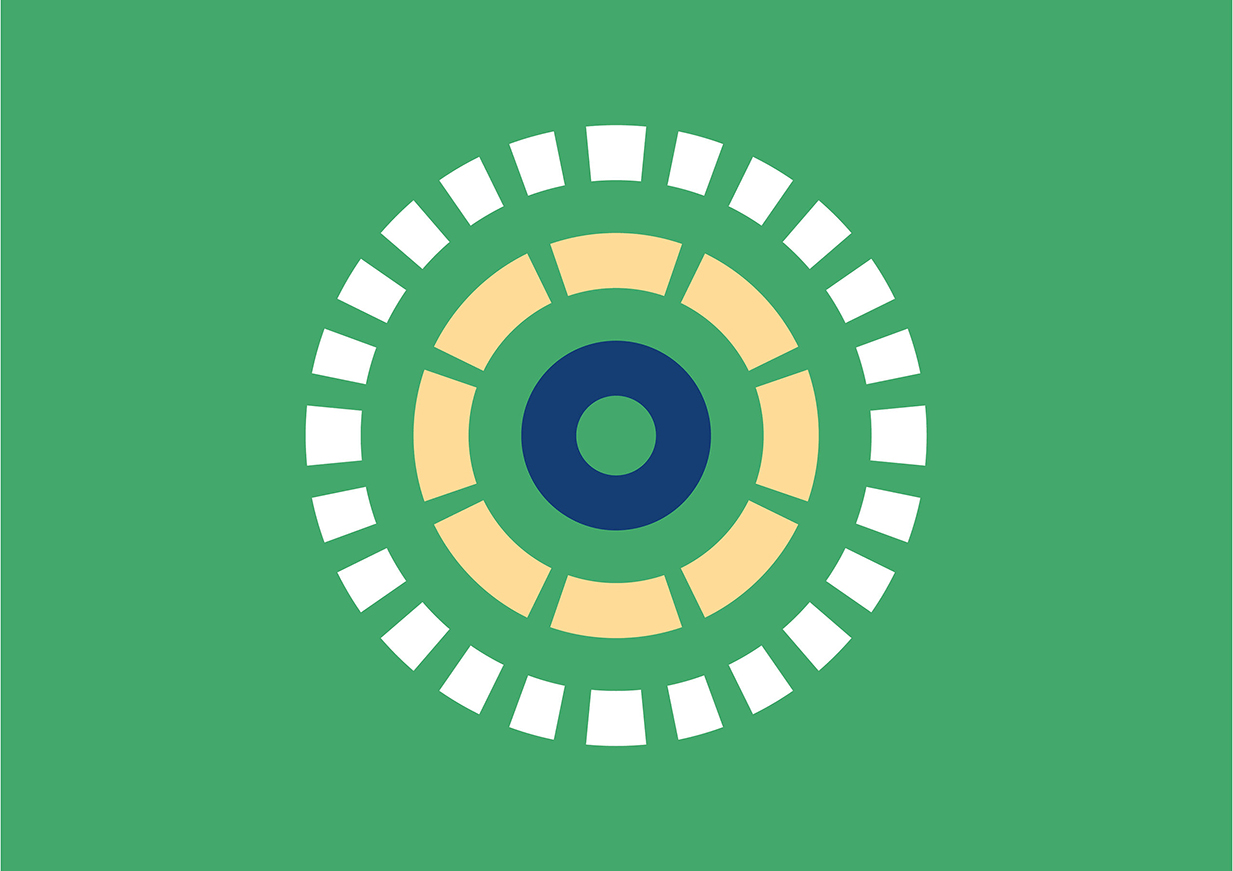NVK-002 is currently in clinical development for the treatment of myopia in children. Myopia, also known as short-sightedness, is an eye condition that means a person is unable to see objects that are far away very clearly due to changes in the shape of the eye structure. The condition usually starts in children aged between 6 and 13 years, with signs of the condition including an inability to read words from a distance, sitting close to screens such as televisions or mobile phones, getting headaches and rubbing the eyes a lot. If children do not receive treatment for myopia, they may develop other eye conditions such as a squint (where the eyes point in different directions) or a lazy eye (where the sight in one eye does not develop properly). It is a condition that can continue getting worse until the eye stops growing at around age 20. Currently, there are few treatment options available to help children treat myopia, and no pharmacological therapies to treat myopia progression in children.
NVK-002 for myopia in children

NVK-002 is currently in clinical development for the treatment of myopia in children. Myopia, also known as short-sightedness, is an eye condition that means a person is unable to see objects that are far away very clearly due to changes in the shape of the eye structure.